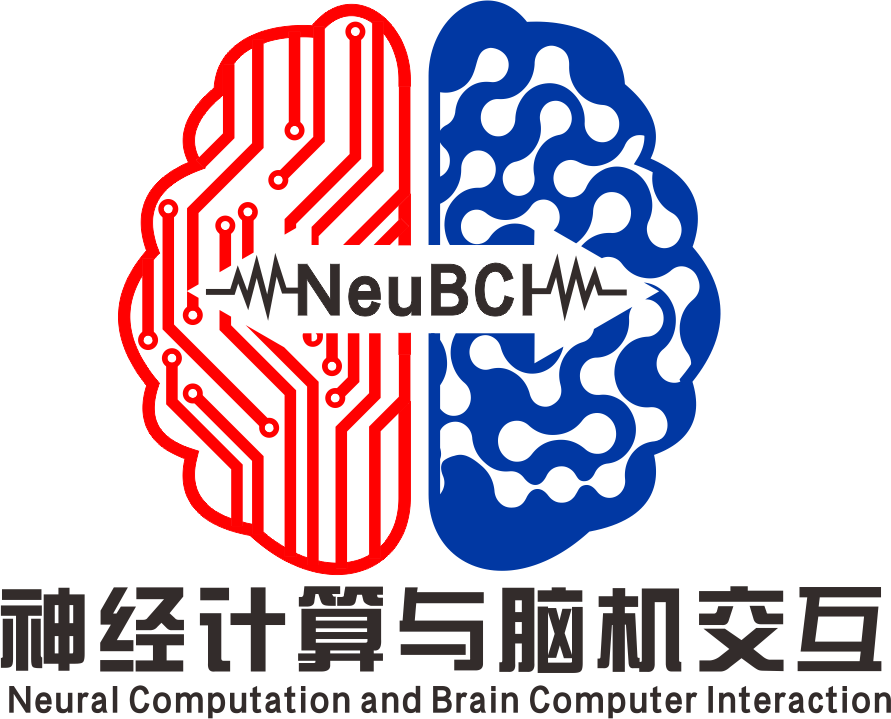The first author of the paper is Yizhuo Lu, title:“MindDiffuser: Controlled Image Reconstruction from Human Brain Activity with Semantic and Structural Diffusion”
Abstract:
Reconstructing visual stimuli from brain recordings has been a meaningful and challenging task. Especially, the achievement of precise and controllable image reconstruction bears great significance in propelling the progress and utilization of brain-computer interfaces. Despite the advancements in complex image reconstruction techniques, the challenge persists in achieving a cohesive alignment of both semantic (concepts and objects) and structure (position, orientation, and size) with the image stimuli. To address the aforementioned issue, we propose a two-stage image reconstruction model called MindDiffuser. In Stage 1, the VQ-VAE latent representations and the CLIP text embeddings decoded from fMRI are put into Stable Diffusion, which yields a preliminary image that contains semantic information. In Stage 2, we utilize the CLIP visual feature decoded from fMRI as supervisory information, and continually adjust the two feature vectors decoded in Stage 1 through backpropagation to align the structural information. The results of both qualitative and quantitative analyses demonstrate that our model has surpassed the current state-of-the-art models on Natural Scenes Dataset (NSD). The subsequent experimental findings corroborate the neurobiological plausibility of the model, as evidenced by the interpretability of the multimodal feature employed, which align with the corresponding brain responses.
The first author of the paper is Xiaoyu Chen, title:“Auditory Attention Decoding with Task-Related Multi-View Contrastive Learning”
Abstract:
The human brain can easily focus on one speaker and suppress others in scenarios such as a cocktail party. Recently, researchers found that auditory attention can be decoded from the electroencephalogram (EEG) data. However, most existing deep learning methods are difficult to use prior knowledge of different views (that is attended speech and EEG are task-related views) and extract an unsatisfactory representation. Inspired by Broadbent's filter model, we decode auditory attention in a multi-view paradigm and extract the most relevant and important information utilizing the missing view. Specifically, we propose an auditory attention decoding (AAD) method based on multi-view VAE with task-related multi-view contrastive (TMC) learning. Employing TMC learning in multi-view VAE can utilize the missing view to accumulate prior knowledge of different views into the fusion of representation, and extract the approximate task-related representation. We examine our method on two popular AAD datasets, and demonstrate the superiority of our method by comparing it to the state-of-the-art method.
